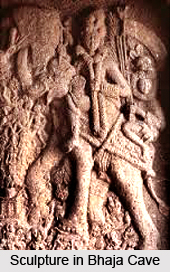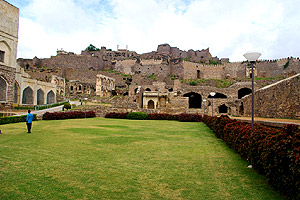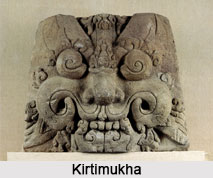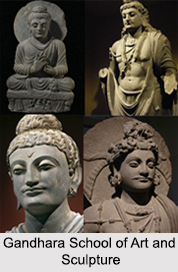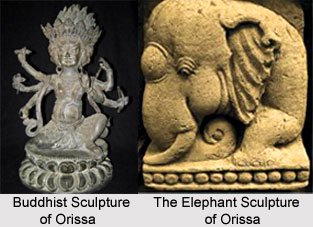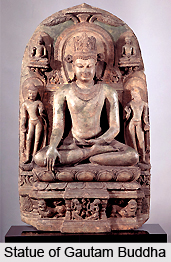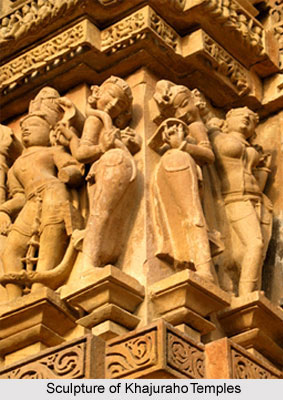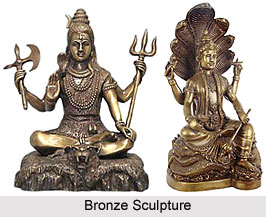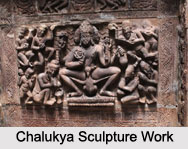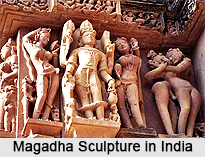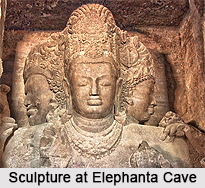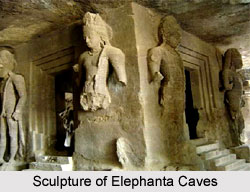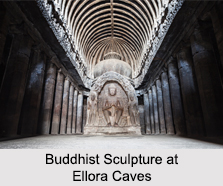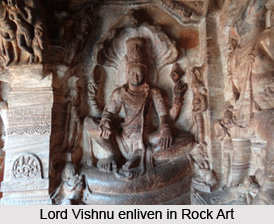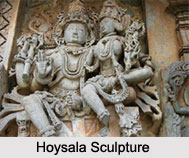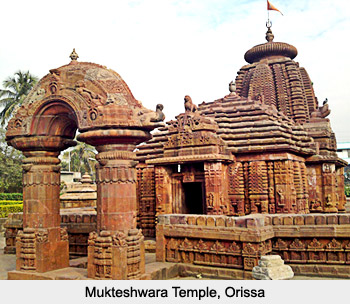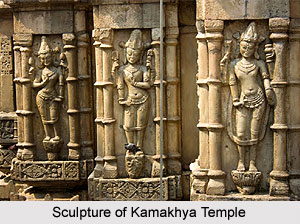 Culture and history of Assam has been engraved on the temple walls. Ancient Assam was rule by several kingdoms that included the Varmanas, Salstambhas and Kamarupa-Palas. The Ahom and Koch dynasties followed later. Each of these kingdoms has left behind their artistic wizardry that have been immortalised in the form temple sculpture in Assam. However not many of these temples could survive the ravages of time. But certain images have been excavated from different parts of Assam which speak volumes about the ancient sculpture architecture of this Northeast Indian state.
Culture and history of Assam has been engraved on the temple walls. Ancient Assam was rule by several kingdoms that included the Varmanas, Salstambhas and Kamarupa-Palas. The Ahom and Koch dynasties followed later. Each of these kingdoms has left behind their artistic wizardry that have been immortalised in the form temple sculpture in Assam. However not many of these temples could survive the ravages of time. But certain images have been excavated from different parts of Assam which speak volumes about the ancient sculpture architecture of this Northeast Indian state.
The temple sculpture of Assam essentially follows the Nagara style of architecture. Ornamental foliage and features of Gupta sculpture are also apparent in the temple sculpture of Assam. The Indian sculptors had drawn heavily from Hindu mythology to create beautiful engravings on the temple walls.
Kamakhya temple was built during the time of Kamarupa. The current structure has a beehive-like shikhara. It also has sculptured panels and images of Ganesha and other Hindu gods and goddesses on the outside. The walls of the chamber contain sculpted images of narayana.
The earliest known stone sculpture of Assam belongs to the Gupta period. It is found in the Ganga and Yamuna images on the temple door-frame (5th/6th century A.D) at Da-Parbatiya, Tezpur. Examples of sculpture of the Pala and Sena style are found in temples and Namghara or Vaushnavite prayer hall. The figures at Daparbatiya share all the characteristic features of the Classical Art of the Gupta period. It is related to the late mature phase of Sarnath School of Indian Art. This type of high class ornate door-way of a temple depicting Ganga and Yamuna can only be seen here.
Devi Dol Temple at Gaurisagar near Golaghat is a temple dedicated to Devi with interesting architectural and sculptural features. Sib Dol Temple at Shibsagar has numerous walls and pillars within the temple are sculptured with the figures and images of Hindu Gods and Goddess. Hayagriva Mahadeva Temple at Hajo near Guwahati has interesting sculptural work where the presiding deitiy is worshipped as the Man Lion incarnation of Vishnu by the Hindus and as Lord Buddha by Buddhists. The entrance itself has beautiful sculptures.
